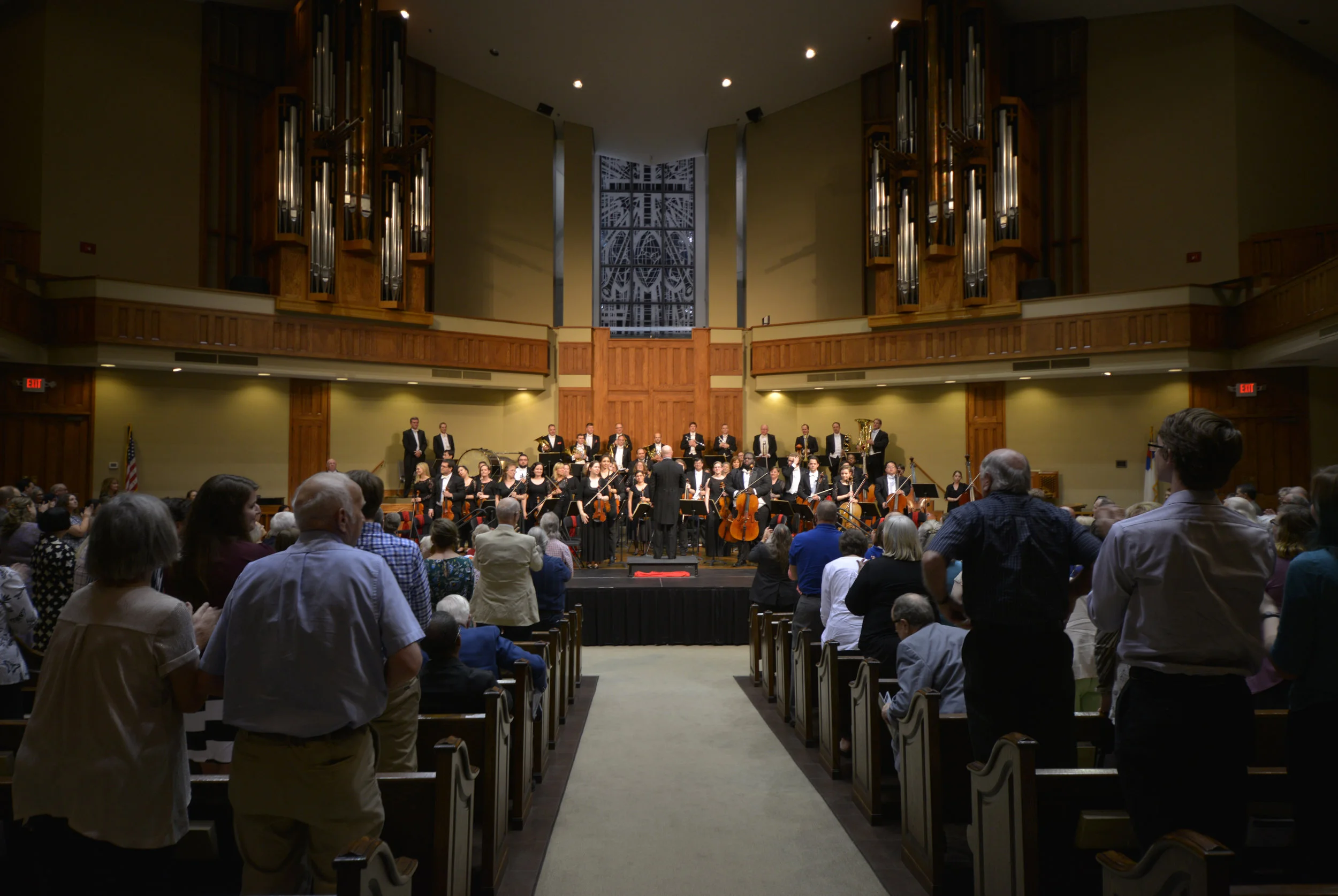Jackson Beautiful: Truth in a Bus Station
This piece is the first installment in a mini-series of articles entitled "Jackson Beautiful." It is my hope over the next few months to examine some of the various examples of beautiful buildings that Jackson and the surrounding area has to offer.
Buildings matter. This is a concept that is foreign to us now. As anyone who spends more than a few minutes driving around our city can easily attest to, the vast majority of the buildings (houses, stores, banks, even—I cringe as I write this last one—churches) look like they have come out of some factory where they are mass produced on an assembly line. Buildings used to mean something. There was some idea, value, universal concept that held the building together and directed its growth and form. Builders were concerned about what the building would say. There is a reason why old buildings were built in certain ways. People didn’t just build them because they thought them to be beautiful, though no doubt they did think them to be beautiful. They built them that way because they were concerned with and interested in a certain conception and understanding of beauty.
This is the great thing about beauty: it is multifaceted. This is the reason why people utter statements like, “Beauty is in the eye of the beholder,” which can both be true and untrue depending on what we mean by it. It is true that different people can find different facets of the beautiful to be more appealing, accessible, or amenable to them, but it cannot be true that beauty itself is what can change and be different for different people. This sort of chameleon illusion that beauty displays before us may in a fashion make it seem like it is changeable, but in reality it is us, the observers, who are changeable. This is why old buildings can still speak to us and overwhelm us with their profound statements about the nature of beauty and reality. Unfortunately for us here in Jackson we have none of these sorts of masterpieces of architecture. If we want to experience the greatest that mankind has to offer in the way of beauty built in wood, stone, or steel, you will need to travel, but that doesn’t mean that there aren’t buildings that are lesser examples or echoes of the masterpieces. It is fitting then perhaps that the first building that I want to highlight in Jackson is built as a gateway out of and into our city.
The Greyhound bus station was built in 1938, by the Hurbert Owens Construction Company. Constructed during the Greyhound’s great expansion period during the late 1930s, it remains one of the oldest continually operating Greyhound stations in the country, and its size and early construction shows that Jackson was recognized as a regional transportation hub, with numerous railroads and national highways meeting and passing through the city. In the brief time period between the domination of rail travel and the explosion of personal automobile ownership, bus travel dominated the new American highway system. Sleek buses took travelers to and from Jackson and connected them with a fast shrinking national landscape.
The Greyhound Station was a connection point between Jackson and the rest of the nation. It is then entirely appropriate that it also served as an architectural and artistic connection point for the city, bringing outside artistic thoughts and designs. Even today happening to wander around the corner of North Church onto East Main, the building is arresting in how different it remains, all these years later. It stands in stark contrast to the neoclassical facades that dominate much of Jackson’s downtown. It is not alone, there are other buildings in the city that adhere to a similar style, but they are few and none are such an excellent example as the Greyhound Station.
Built in what is known as Streamline Moderne, a later form of Art Deco architecture, the Greyhound Station is a remarkably striking example of this artistic school. Recognized as one of the most common forms and wide ranging modern art forms found in the country, Streamline Moderne appeared across a wide range of applications, from buildings, to cars and trains, and even to toasters and radios. The sleek smooth lines of Streamline Moderne art came to be a common sight during the middle decades of the twentieth century. It is important in that it is now still within living memory, and its advent and heyday is ingrained into the American experience through its prominence coinciding with the golden age of the American movie industry. Characterized by an exaggerated horizontal orientation that is accentuated by a flat roof in buildings, an elimination of corners through the use of wide sweeping curves that incorporate windows, smooth exterior surfaces, the use of chrome, polished metal and electric lighting, and (in contrast to early forms of Art Deco) an almost complete removal of all forms of decoration and ornamentation common in these earlier forms. These changes were not arbitrary but were driven by a scientifically inspired vision of pure-line concepts centered around speed and motion.
The Greyhound Station is all of these things. Low and smooth it seems to lie crouched among the surrounding buildings with only its sign rising high above the wide flat tiered roof. The curves and smooth walls combined with the lowness of the building give even something as solid and rigid as a large building a sense of speed and movement. The building is devoid of distracting ornamentation. Nothing impedes the long sweeps of metal, glass, and chrome; it nothing so much as complements the sleek aerodynamic smoothness of the cars and buses of the same time period. This I think is its beauty and charm. The sense of nostalgia that it invokes is part of that charm since it ties us back to what we feel is an authentically American past. Its beauty lies in its inward coherence and its faithfulness to the idea that it represents. Its authenticity is something that can be felt without knowing or understanding why. It is rare enough to have this experience anywhere when every city street seems filled with disposable structures that are built without any sort of soul. That is why so many people feel a love for this grimy, old, and dirty bus station, because it is beautiful in the same way that anything is beautiful—by being true.
Kevin Vailes teaches whatever they ask him at the Augustine School in Jackson, though if he had his choice he would spend his time ruminating on the intricate complexities of the classical world and trying to get his Latin students to study their vocabulary. Kevin grew up in and around Jackson and went to Union University where he met his best friend and wife Elizabeth. They live in the Jackson’s historic LANA neighborhood in a 100+ year-old bungalow with their five children. He believes that stories are what bind us together and cause us to love and care for something, and he hopes that in sharing Jackson’s stories with you, you will fall in love with Jackson and care about it too.
Photography by Kevin Vailes.































